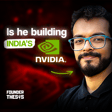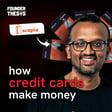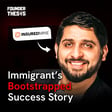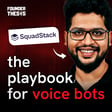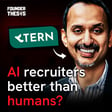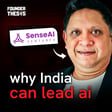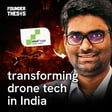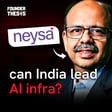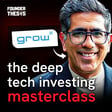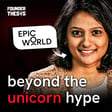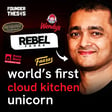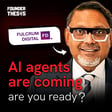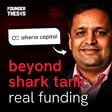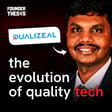
Madhav Bhagat on Leaving Google to Build SpotDraft and Redefine LegalTech
How did a Google engineer turn a 90% revenue loss into a $XXM ARR LegalTech success story?
Madhav Bhagat's SpotDraft journey reveals the secrets of AI timing, opinionated product strategy, and global SaaS scaling.
From losing $900K in collections with his NYC nightlife startup DrinkLink to building SpotDraft into a leading contract lifecycle management platform, Madhav Bhagat's entrepreneurial journey is a masterclass in resilience, pivot strategy, and AI-first thinking.
After leaving Google where he helped scale Google Classroom to millions of users, Madhav co-founded SpotDraft with the vision of democratizing legal technology. What started as a tool for freelancers evolved into an enterprise-grade CLM platform that now serves major companies like PhonePe, Airbnb, and Panasonic. The company has achieved double-digit millions in ARR with 60% revenue coming from the US market.
In this candid conversation with host Akshay Datt, Madhav shares how SpotDraft reduced contract implementation times from 2 years to 60 days, leveraged AI cost reductions from $40 to 4 cents per contract, and built an opinionated product that outcompetes giants like icertis and Docusign. He reveals why being early to AI wasn't always an advantage, how non-technical teams now ship code using AI agents, and why focusing on mid-market customers over enterprise deals became their winning strategy. This episode offers invaluable insights for SaaS founders navigating AI adoption, international expansion, and building sustainable competitive advantages in crowded markets.
What you'll learn from this episode:
👉How Madhav built SpotDraft from Google exit to $XXM ARR in LegalTech
👉Why AI timing matters more than being first, and lessons from pre-GPT to post-GPT era
👉SpotDraft's opinionated product strategy that reduced implementation from 2 years to 60 days
👉Secrets of scaling SaaS globally with 60% US revenue from India base
👉How AI agents are transforming organizations and enabling non-technical teams to ship code
👉Why mid-market focus beats enterprise deals in competitive SaaS markets
#legaltech #startups #AIstartups #saas #startupfounder #AI #B2BSaaS #startupjourney #entrepreneurship #indianstartups #founderstory #artificialintelligence
Disclaimer: The views expressed are those of the speaker, not necessarily the channel

